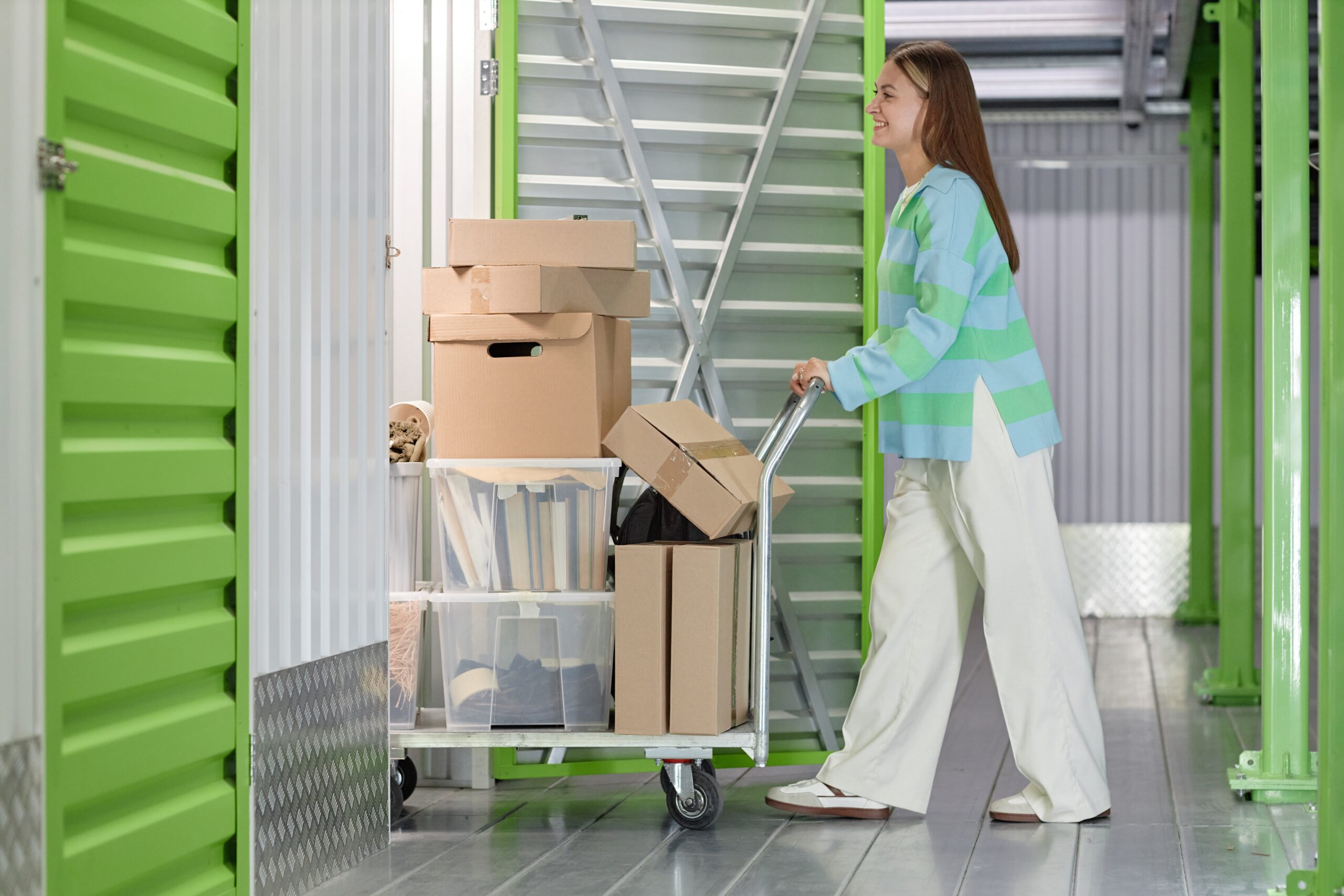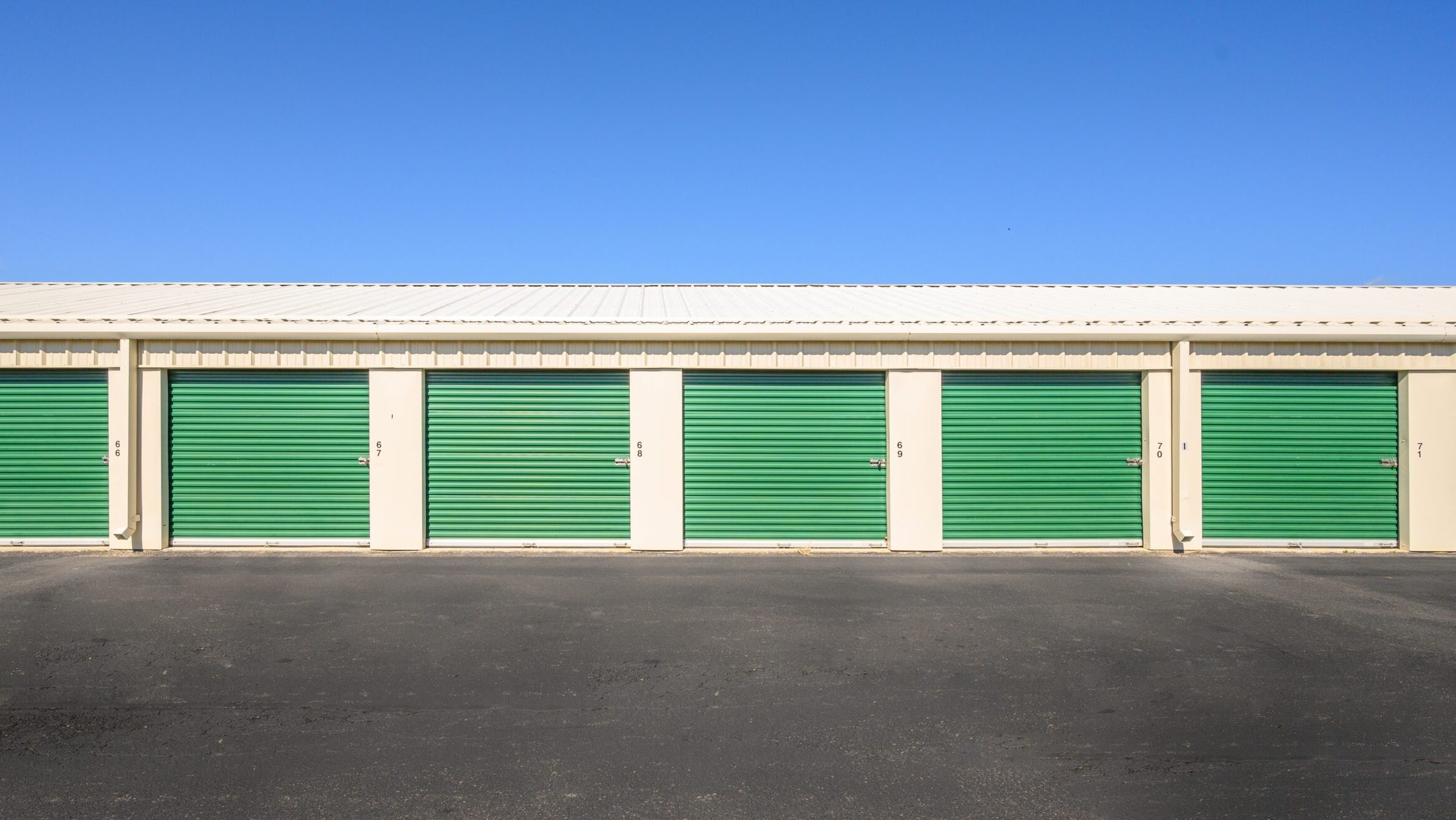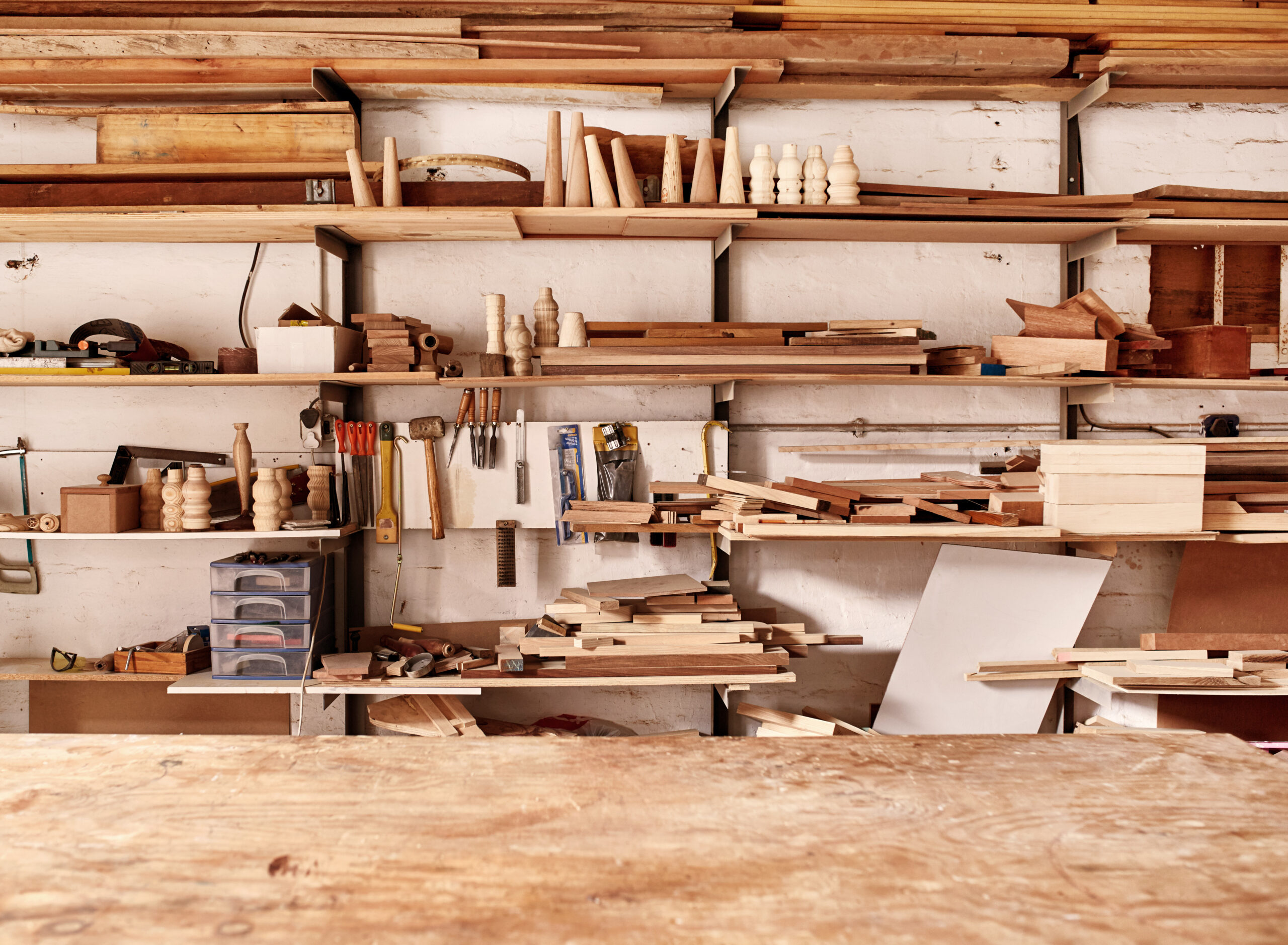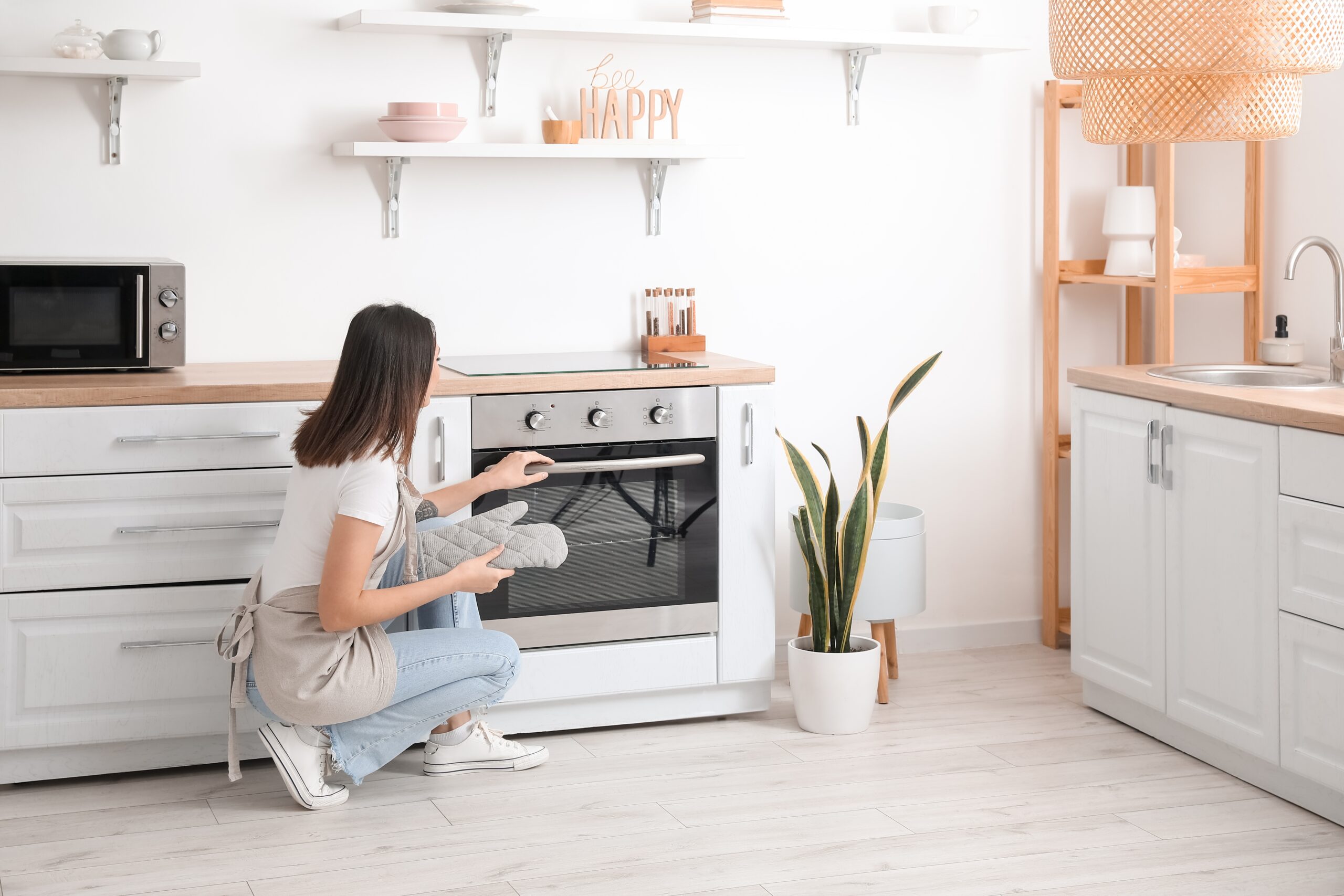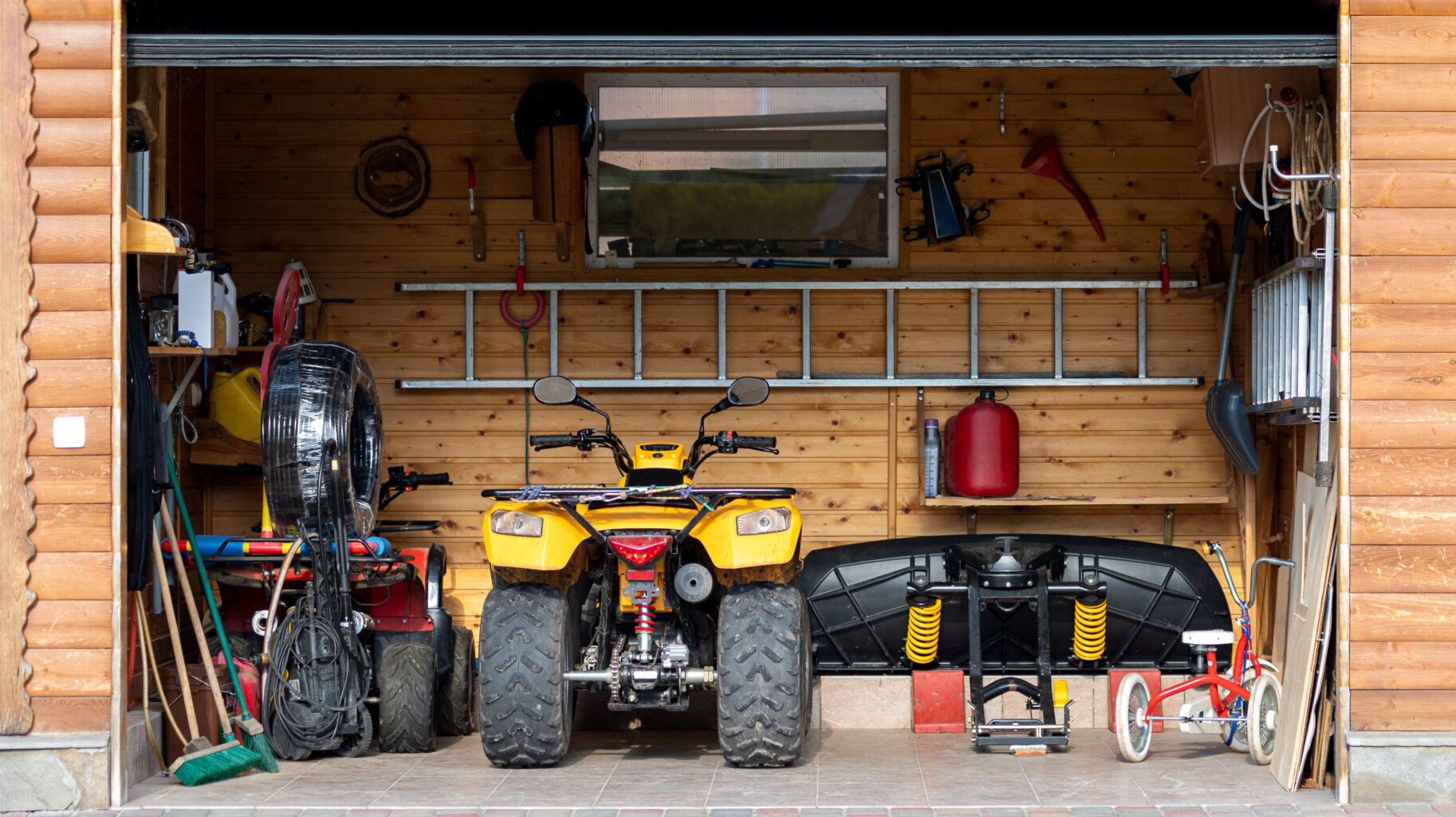When you’re considering renting a self-storage unit, one of the first questions that comes to mind is, “Will my belongings be safe?” It’s a fair concern – after all, you’re trusting a storage facility to protect your things when you’re not there. Whether you’re storing valuable items, seasonal equipment, or simply decluttering, self-storage security should be your top priority.
The truth is, self-storage facilities can face risks like theft, vandalism, fires, and even natural disasters like floods or storms—just like your own home. That’s why finding a facility with excellent self-storage security features is crucial. In this guide, we’ll walk you through the key security measures to look for and how they help keep your items as safe as they would be at home – or even safer!
Why Self-Storage Security Is So Important
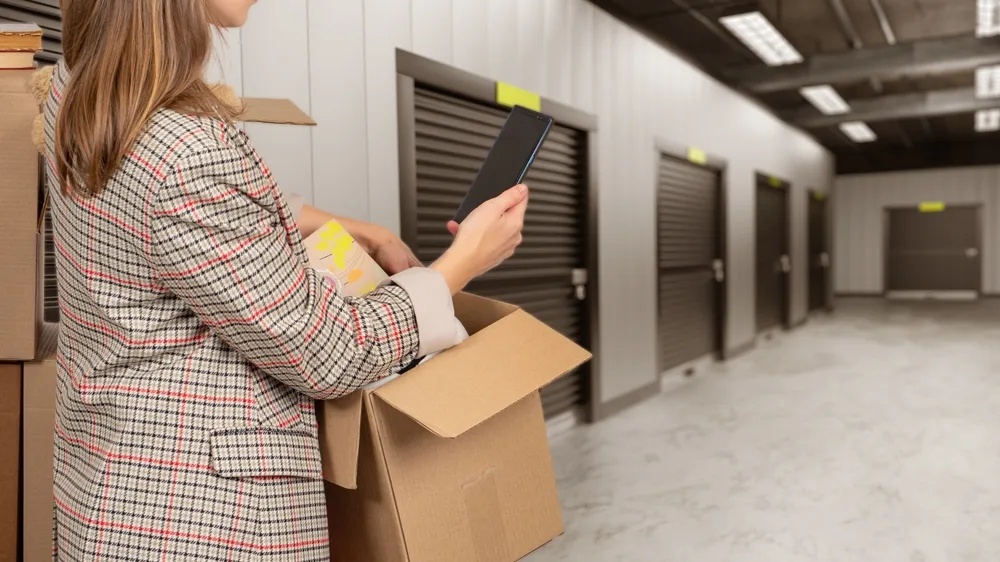
Having a self-storage unit is convenient for all sorts of reasons – moving, downsizing, or just making space at home. However, the convenience of storing items outside your home comes with the need for strong storage facility security. Without proper security features, your belongings could be at risk.
The good news? Many modern storage facilities have invested in state-of-the-art security systems to ensure that your items are well-protected. From advanced video surveillance to perimeter fencing, there are plenty of ways storage facilities can provide peace of mind.
Key Security Features to Look for in Self-Storage Units
Not all storage facilities are created equal. The level of security offered by a self-storage facility can vary. To ensure your belongings are safe, it’s important to know what security features to look for. Whether you’re storing valuable antiques, important documents, or just extra household items, having strong security measures in place is essential for peace of mind.
1. Access Control: Your First Line of Defense
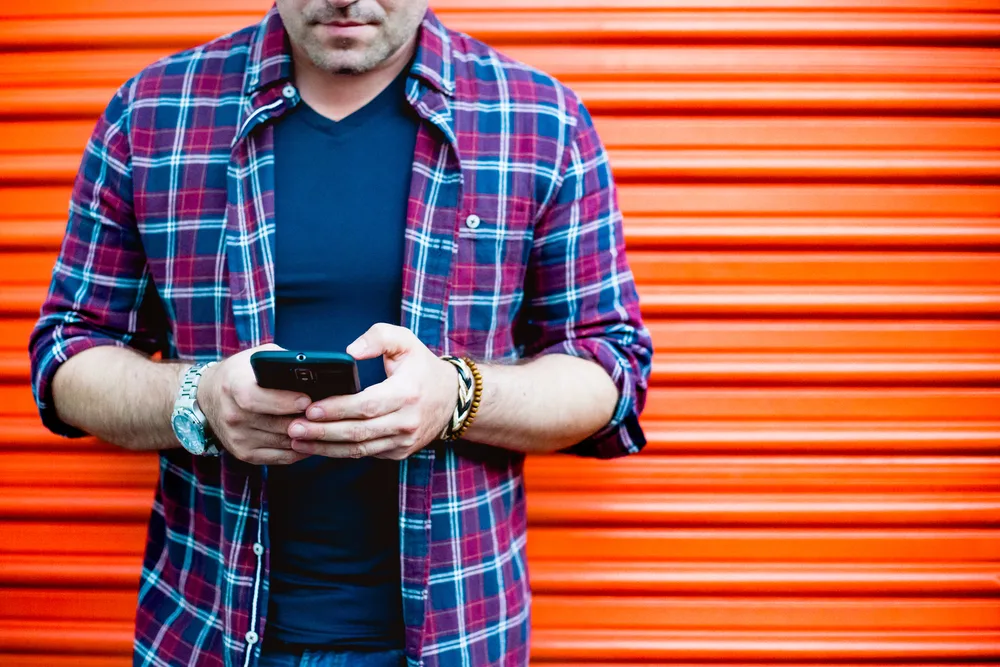
One of the most important aspects of self-storage security is how the facility controls access to the property and the individual units. The more secure the access points, the better protected your belongings will be.
Here are some key self-storage security access features to look for:
- Electronic gate access: The facility should have a gate that only opens with a unique code, ideally one that is personalized for each individual renter. This unique PIN ensures that only authorized individuals can enter the facility. For added security, it’s important that the facility either assigns each renter their own distinct code or frequently updates the access code for all users. Regularly changing the code helps prevent unauthorized access and ensures that your belongings stay well-protected.
- Keypad entry for individual units: Access control shouldn’t end at the facility’s gate. Some storage facilities use keycards or key fobs, but a personalized keypad entry system for each unit offers a higher level of protection. The lock itself should also be high-quality, – a disc or cylinder lock would be best to further deter break-ins.
- Biometric entry: Some premium storage facilities offer high-tech self-storage security features like fingerprint or facial recognition for entry, ensuring only the renter can access the unit.
- Key fob or card access: A simple and efficient self-storage security measure, key fobs or cards are often used to open doors quickly and securely.
- Video intercom: Some facilities provide a video intercom system at the entrance, where you can speak directly with security personnel before being granted access.
Pro Tip: The more layers of access control, the better. Look for a facility that offers multiple security checkpoints, ensuring that unauthorized access is next to impossible.
2. Video Surveillance and Monitoring: Eyes Everywhere
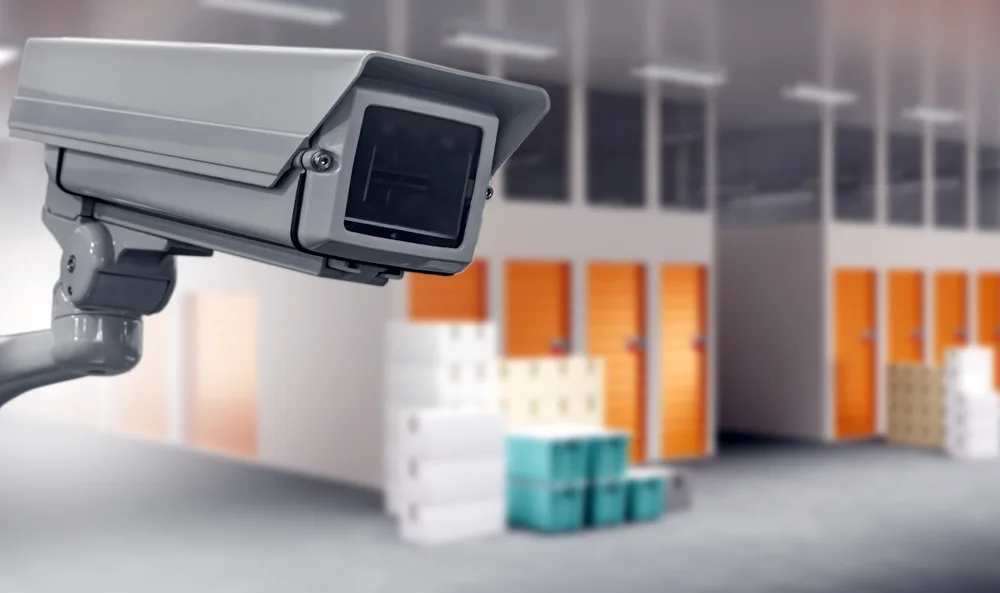
Surveillance cameras are the cornerstone of any good security system. With cameras placed strategically around the facility, they act as a 24/7 deterrent to theft and unauthorized access.
Here’s what to look for in terms of storage facility security and surveillance:
- High-definition cameras: The clearer the footage, the better. HD cameras capture more detail, making it easier to identify suspicious activity.
- 24/7 recording: Make sure the cameras record continuously, not just during business hours. This provides round-the-clock self-storage security.
- Night vision: Since many break-ins occur at night, it’s important that the facility’s cameras can capture clear footage in low-light conditions.
- On-site monitoring: Some facilities take self-storage security up a notch by having staff monitor the footage in real-time, ready to respond immediately to any issues.
- Footage retention: Ask how long the facility keeps its video surveillance footage. In case of an incident, having access to footage from previous weeks or months is a crucial part of self-storage security.
Don’t be afraid to ask questions about the facility’s surveillance system. The more you know, the more confident you’ll feel about leaving your belongings in their care.
3. Lighting and Visibility: Keeping Things Bright
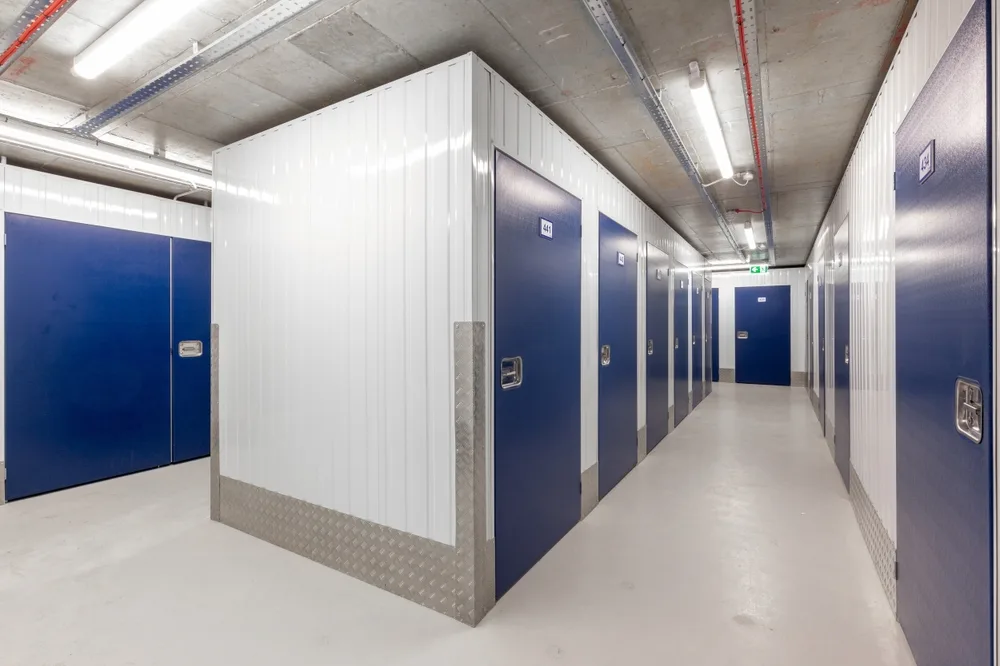
A well-lit facility is an integral part of self-storage security. Proper lighting makes it difficult for intruders to hide and ensures that you feel safe while accessing your unit.
When evaluating a facility’s security, check for:
- Bright exterior lighting: The entire perimeter of the facility should be well-lit, as should the parking areas and entry gates.
- Interior lighting: Look for motion-activated lights in hallways or indoor units, so you’re never left fumbling in the dark. Good lighting also ensures surveillance cameras can capture clear footage at all times.
- Nighttime visibility: Visit the facility after sunset to see firsthand how well it’s illuminated. This gives you a better sense of its self-storage security setup.
Good lighting is a simple yet effective way to enhance self-storage security. It not only deters would-be thieves but also makes the space safer and more comfortable for you.
4. Locks and Alarms: The Dynamic Duo of Security
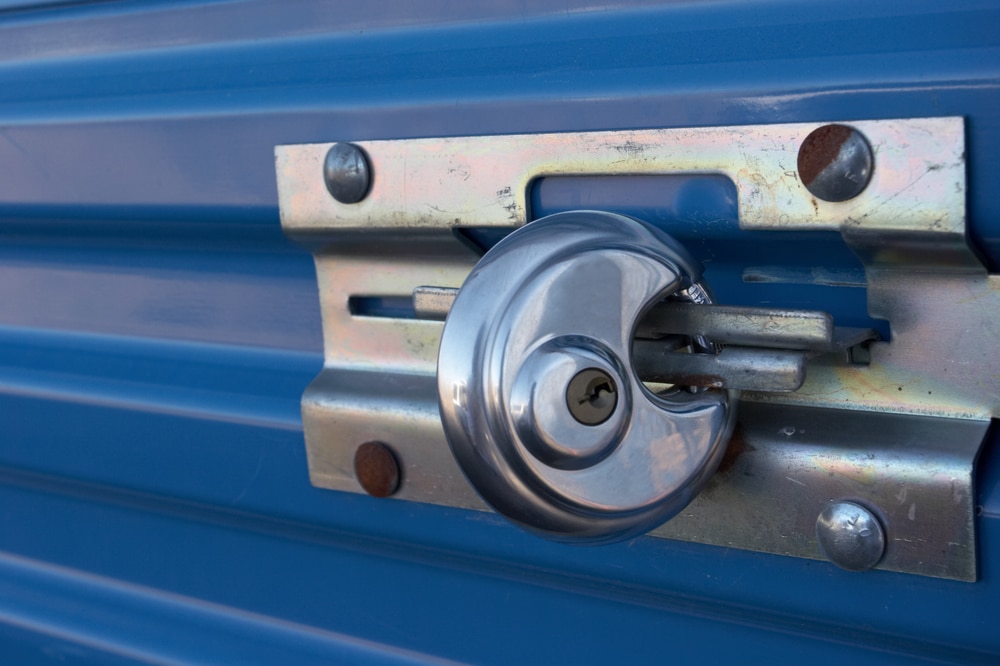 Even with excellent security features throughout the facility, securing your individual unit is equally important. A good storage unit lock is the first line of defense, and individual unit alarms add an extra layer of protection.
Even with excellent security features throughout the facility, securing your individual unit is equally important. A good storage unit lock is the first line of defense, and individual unit alarms add an extra layer of protection.
Here’s what you should know about your self-storage unit’s security:
- Cylinder locks: These locks offer superior protection because they are embedded in the door, making them difficult to tamper with. They’re often recommended by facilities focused on high security.
- Disc locks: Another great option, disc locks have minimal shackle exposure, making them tough for thieves to break using bolt cutters.
- Individual unit alarms: Not all facilities offer this, but an alarm that’s triggered if someone tries to break into your unit can greatly enhance your security.
Choosing the right lock and opting for a unit with an alarm can significantly increase the security of your self-storage unit, keeping your belongings safe from unauthorized access.
5. Fencing and Perimeter Security: Keeping the Bad Guys Out
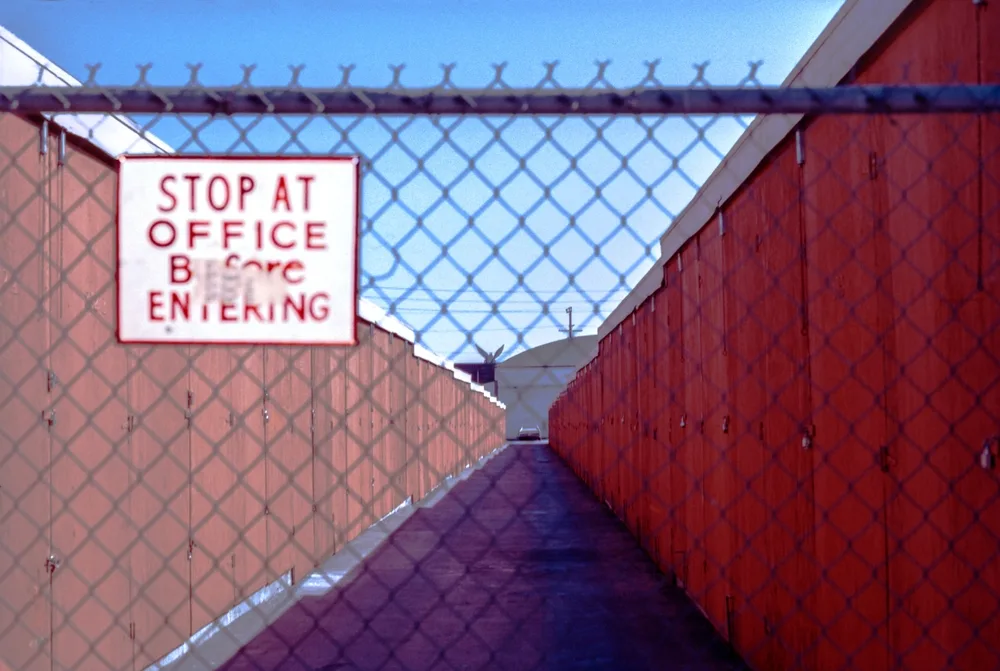
A sturdy fence is a crucial component of self-storage security. A properly maintained and secure perimeter fence ensures that unauthorized individuals cannot easily access the facility.
When checking out a storage facility security, look for:
- High-quality fencing: The fence should be tall, strong, and difficult to cut or climb. Damaged or low-quality fences can be a red flag for a poor level of security.
- Electric fencing: Some facilities enhance their level of security with electric fences that deter intruders with a harmless jolt.
- Security beams: Invisible security beams can be placed around the perimeter. If the beam is broken, an alarm is triggered, offering an extra layer of security.
An effective perimeter security system prevents intruders from getting close to your unit, strengthening the overall self-storage security of the facility.
6. Fire Safety: Protecting Your Belongings from More Than Just Theft
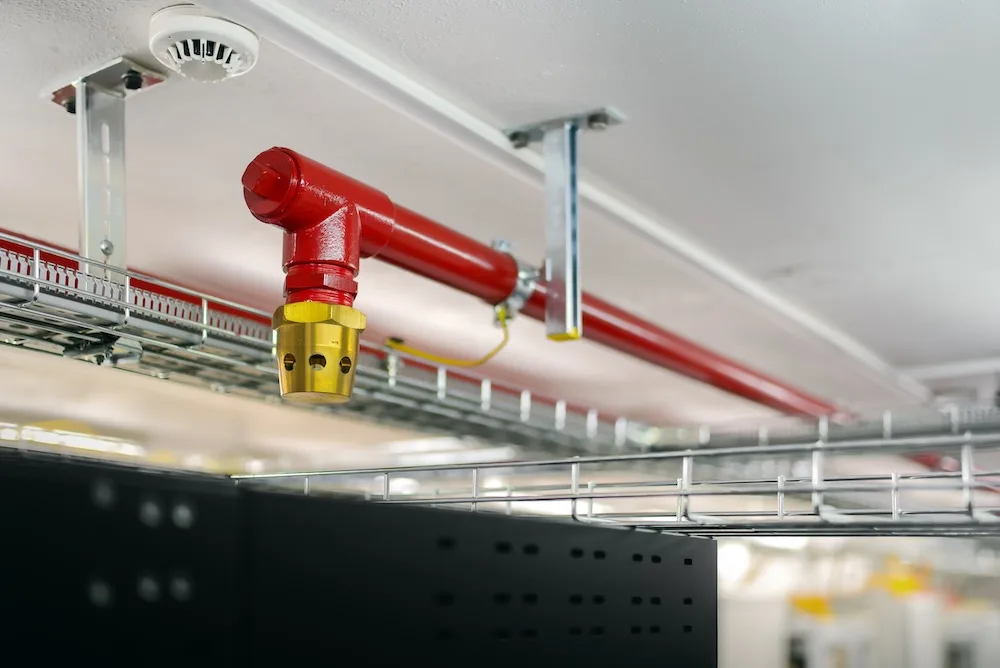
While storage facility security often focuses on theft, it’s just as important to protect your belongings from fire. Facilities with robust fire safety measures can prevent fires and minimize damage if one occurs.
Key fire safety features include:
- Smoke detectors and heat sensors: These devices detect fire risks early and activate alarms.
- Fire suppression systems: Traditional water sprinklers are still common, but some modern facilities use chemical suppression systems that are less likely to damage your stored items.
- Fire extinguishers: Fire extinguishers should be placed throughout the facility, within a short distance from every unit.
Fire safety is a critical aspect of self-storage security. The key here is prevention – ask the facility manager how often they check and maintain their fire safety equipment to make sure they’re ready in case of an emergency.
7. Climate-Controlled Units: Protecting Against Environmental Damage
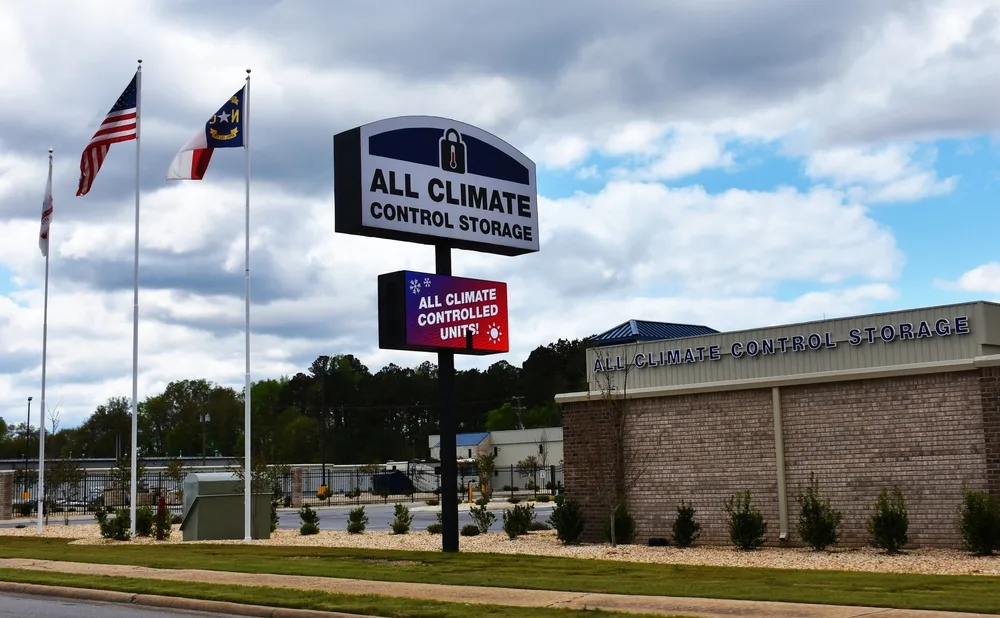
While not always considered part of self-storage security, climate control plays a significant role in protecting your belongings. Climate-controlled units maintain consistent temperature and humidity levels, ensuring that your items are safe from environmental damage like mold and mildew, warping, or rusting.
These units offer an added layer of self-storage security for sensitive items like electronics, artwork, and important documents. Plus, climate-controlled units are typically located indoors, providing an extra layer of physical security.
8. Resident Managers: Someone Always on the Property
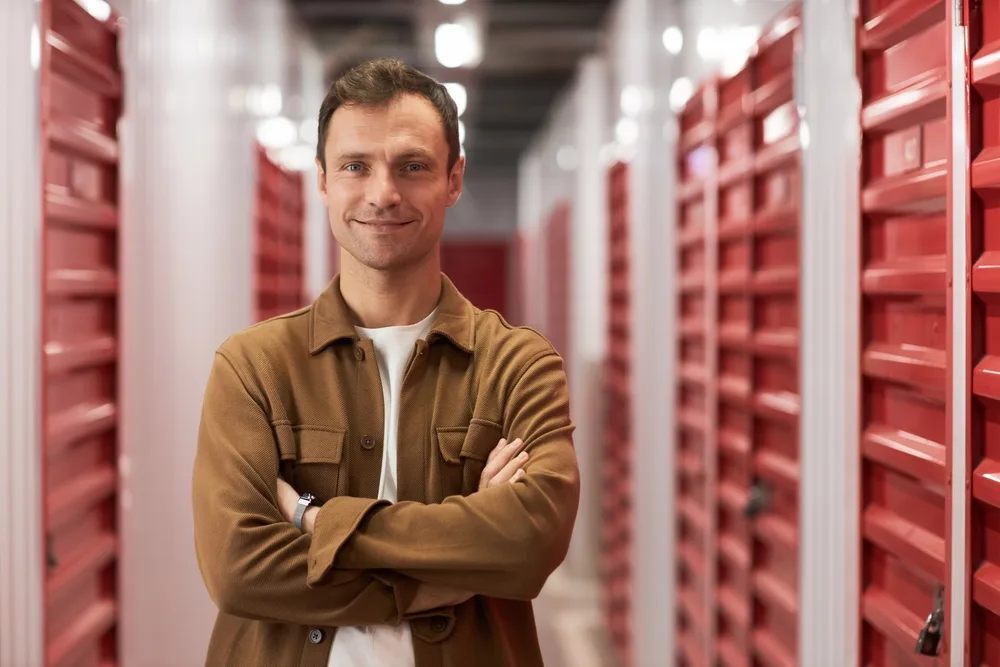
Some facilities have a manager who lives on-site, offering 24/7 oversight. A resident manager acts as a constant presence on the property, deterring criminal activity and responding quickly to emergencies.
While not every facility offers a resident manager, it’s a huge bonus if they do. Having someone there around the clock adds another layer of security and peace of mind, knowing there’s always someone looking out for your belongings.
How to Choose a Facility with Top-Notch Levels of Security
When it comes to selecting a secure storage facility, there are a few key steps you can take:
- Do your research: Look for storage facilities that highlight their security features online. Read reviews and check for positive feedback about their security measures. Storage.com makes it easy for you to find a storage unit near you, simply enter your zipcode and search for units!
- Visit the facility in person: Seeing is believing. A site visit lets you assess the security features for yourself. Inspect the storage unit alarm, keypad, and fencing, check the lighting, and ask to see the video surveillance setup.
- Ask questions: Don’t be afraid to ask about the facility’s security protocols. How do they monitor access? Are there security guards on-site? How often is the footage reviewed? Does the storage facility offer insurance on your property?
By understanding the key security features that a good facility should offer, you can make an informed decision about where to store your belongings. Don’t forget to dig deeper, ask questions, and visit the facility in person to see the security measures firsthand. A little bit of extra effort upfront will pay off with the confidence that your items are well-protected.
It can be tempting to go for the cheapest self-storage option, we know, but remember, you get what you pay for. Take your time, do your research on storage unit security features, and choose wisely. Your peace of mind and your belongings are worth it.
And remember: At the end of the day, your belongings deserve to be just as safe in storage as they would be in your own home – or safer! Take your time to choose wisely, and you’ll thank yourself later.
Ready to find the perfect storage unit? Storage.com makes finding storage units with top-notch security a breeze! Simply enter your zip code, hit ‘search for units’, and select the amenity filters you want to narrow your search – and ensure your things are in the best hands possible!
FAQ
Is your stuff safe in a storage unit?
Yes, your belongings can be very safe in a storage unit, provided the facility has robust security features in place. Look for facilities with 24/7 video surveillance cameras, access control systems, well-lit areas, and individual unit alarms. It’s also important to use a high-quality lock for your unit and choose a facility that takes security seriously, offering features like fencing, on-site security personnel, and fire safety measures. Doing your research and selecting a reputable storage facility will greatly reduce the risk of theft or damage.
Are cylinder locks secure for a storage unit?
Yes, cylinder locks are one of the most secure options available for storage units. These locks are highly resistant to tampering, as they don’t have an exposed shackle, making them more difficult for thieves to cut. They are also drill-resistant and require a specialized key, adding an extra layer of protection. Many top-tier storage facilities recommend or provide cylinder locks because of their superior security features compared to standard padlocks.
What is the most secure lock for a storage unit?
The most secure lock for a storage unit is typically a cylinder lock or a disc lock. Both offer a high level of protection, but cylinder locks are often considered the most secure because they are embedded within the door, eliminating any exposed parts that can be cut or tampered with. Disc locks are also very effective due to their round shape and minimal shackle exposure, which makes them harder for thieves to break using bolt cutters. Both options provide excellent security for storage units.
How can I make my storage locker more secure?
To make your storage locker more secure, follow these tips:
- Use a high-quality lock: Opt for a cylinder or disc lock, which offers stronger protection than a standard padlock.
- Choose a unit with individual alarms: This adds an extra layer of protection by alerting facility staff if your unit is tampered with.
- Opt for an indoor or climate-controlled unit: These are usually located within the facility, providing an additional barrier to unauthorized access.
- Don’t share your access code or key: Keep your entry credentials private to prevent unauthorized individuals from entering your unit.
- Check the facility’s security features: Ensure the facility has video surveillance cameras, gated access, on-site personnel, and good lighting to deter break-ins.
How do I secure a storage unit door?
To secure a storage unit door, start by using a high-quality lock, such as a cylinder or disc lock, that offers maximum protection. Ensure the lock fits securely and cannot be easily tampered with. Some additional tips include:
- Inspect the door’s integrity: Make sure the storage unit door is sturdy and well-maintained. Any sign of damage or wear should be reported to the facility.
- Consider upgrading to a unit with an individual alarm: This will alert staff immediately if someone tries to open the door without proper access.
- Check for a solid frame: Make sure the door is fitted in a solid, reinforced frame to prevent forced entry.
What if the storage unit doesn’t have a wooden frame reinforcing the door?
If the storage unit doesn’t have a traditional wooden frame, it’s likely constructed from metal, which can still be very secure. Here’s how you can ensure security even without a wooden frame:
- Metal Door Integrity: Check that the metal door is made from high-gauge steel or another durable material that can withstand tampering or forced entry.
- High-Quality Lock: As always, use a top-tier lock, such as a cylinder or disc lock, which will fit securely on a metal door. These types of locks are designed for metal units and will still provide strong protection.
- Inspect Hinges and Latches: Make sure the hinges and latches are secure and properly maintained. If any part looks weak or worn, ask the facility to repair it.
- Facility Security Features: If your unit doesn’t have a wooden frame, it’s especially important to rely on other security measures like video surveillance cameras, well-lit areas, and individual unit alarms. These features will help compensate for any structural concerns about the frame.
Metal-framed storage units are common and can be highly secure when paired with strong locks and facility-wide security measures.
